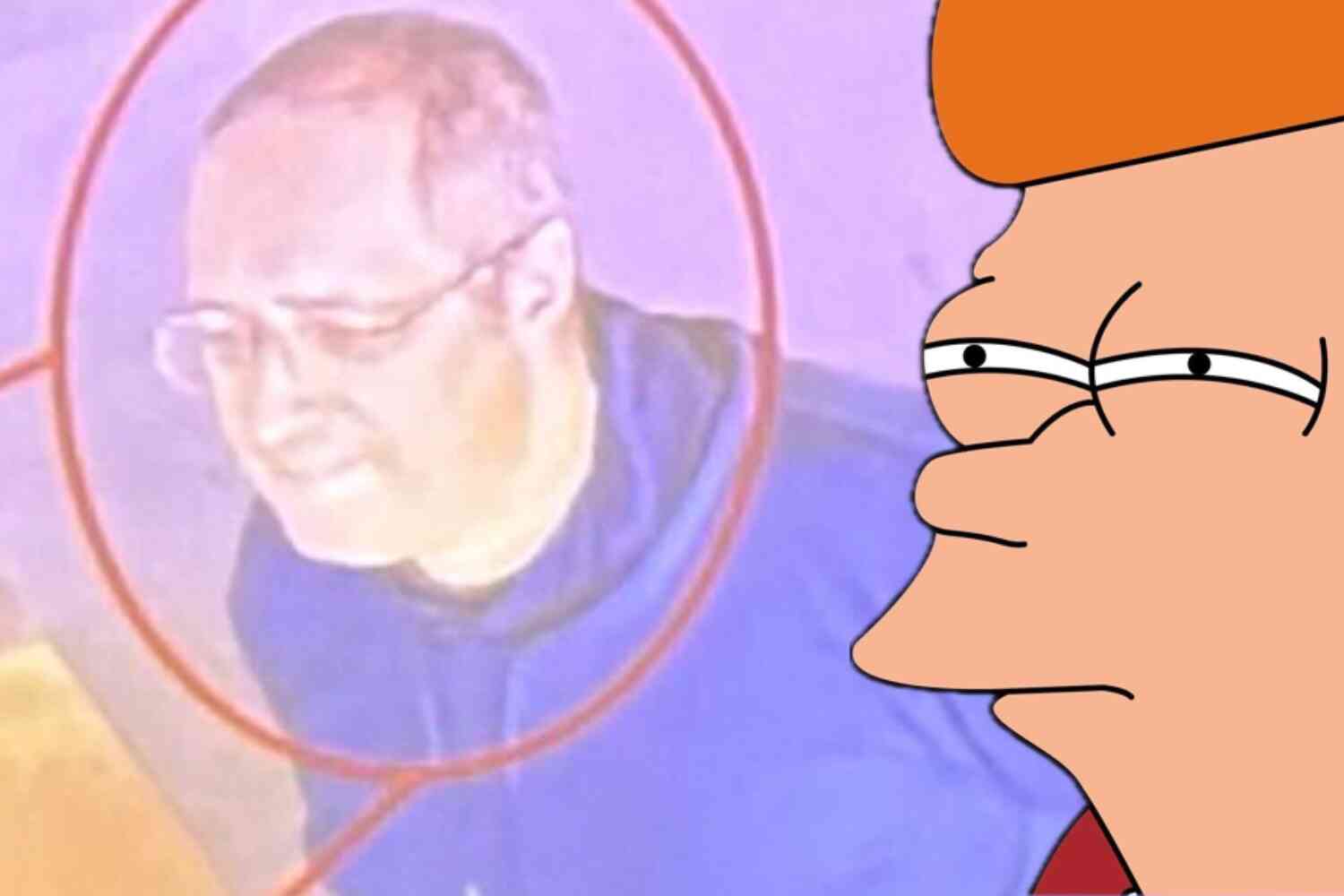If your cell signal suddenly goes down this evening, look to the skies!
The Space Weather Prediction Center is predicting a MAJOR solar storm Friday.
This is the first time since 2005 that a "severe geomagnetic storm watch" has been issued.
The solar storm could last throughout the weekend and "supercharge" the northern lights.
A severe solar storm is expected to supercharge the northern lights on Friday, with forecasts indicating that auroras could be seen as far south in the United States as Alabama.
The National Oceanic and Atmospheric Administration's Space Weather Prediction Center said Thursday that a series of solar flares and eruptions from the sun could trigger severe geomagnetic storms and 'spectacular displays of aurora' on Earth from Friday evening through the weekend.
In the words of the great Dr. Teeth of The Electric Mayhem, you may see "Aurora Borealis shinin' down in Dallas."

'We have a rare event on our hands,' said Shawn Dahl, a service coordinator at the Space Weather Prediction Center in Boulder, Colorado. 'We're a little concerned. We haven't seen this in a long time.'
Because strong geomagnetic storms have the power to disrupt communications and power grids on Earth, as well as satellites in space, Dahl said satellite and grid operators have been notified to prepare.
Yeah, cell phones, satellites, and other comms technology could be screwed up with this electromagnetic storm.
Check out this map from the Space Weather Watch and NOAA showing the line where the Northern Lights might reach:
TONIGHT'S AURORA+CLOUDS FORECAST: We could potentially see the strongest solar storm impact since 2003/2005 as several solar storms launched from several days ago combine before reaching Earth. Our aurora visibility forecast shows aurora viewing possible north of the red line, with overhead viewing possible in the northern U.S. states. Closer to but north of the red line, viewing will likely only be possible on the northern horizon and/or with sensitive camera equipment. Locations south of the red line may have a more difficult time seeing aurora. Clouds look to be best in the central and western portions of the country, and clouds may obscure viewing across the Great Lakes, Mid-Atlantic, and Northeast regions.
As the solar storm is expected to impact Earth in the next few hours, viewing may last all night tonight but will be most favorable during periods of higher geomagnetic activity (when the southward component of the magnetic field is the greatest).
They also provided links for beginners and experts to check out if they wanted to track this solar storm.
The entire states of Kentucky and Tennessee are above this line!
Dudes, if those southern boys get to see the northern lights tonight ... I don't know what will happen.
Dahl said smartphones might even be able to capture imagery of the aurora at southern locations where the human eye can't see anything unusual.
According to the Space Weather Prediction Center, several 'moderate to strong' solar flares have been detected since Wednesday morning. Solar flares unleash clouds of plasma and charged particles, called coronal mass ejections, into space. At least five flares and their associated coronal mass ejections appear to be directed at Earth, the center said.
'Additional solar eruptions could cause geomagnetic storm conditions to persist through the weekend,' it said in a statement.
But, for real, be careful out there. Take care of your devices. Don't do anything stupid.
The solar storm has the ability to damage high-voltage wires, meaning the power could go out.
When directed at Earth, this geomagnetic and solar radiation can induce currents on high-voltage transmission lines and cause problems for transformers on the power grid.
One of the most damaging geomagnetic storms occurred in 1989, when roughly 6 million people in Montreal, Canada, lost power for nine hours, according to NASA. Some parts of the northeastern U.S. and Sweden were also affected in that event.
The storm is expected to take place around 8 pm EST, Friday night!
P.S. Now check out our latest video 👇









